When to visit the world’s gourmet food bowls
Sampling food at its source can be a transcendent experience. From Black Forest venison to Italian truffles, here is your global gastronomic calendar.
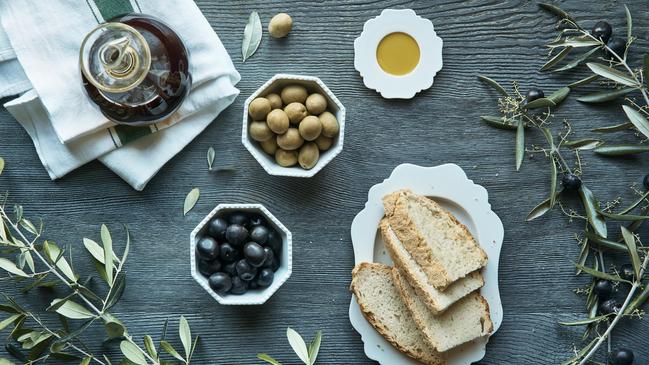
A trip based around seasonal food, following the rhythms of harvest, means forging a closer connection to cuisine. But you need to be in the right place at the right time. Let’s go.
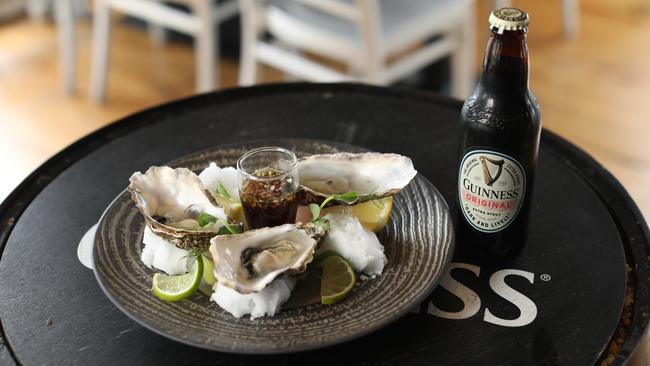
OYSTERS
Galway, Ireland
The native oyster season kicks off each September with the annual Oyster and Seafood Festival in Galway, the heritage harbour town in Ireland’s relatively untouched west. Marching bands take to the street and about 20,000 visitors each year head to pop-up oyster bars to toss down Galway’s largest, the European Flat, known for its plump, meaty texture and grassy notes. Throughout peak season, through to April, these mighty molluscs are served across Ireland in fishing villages, cottage courtyards and seafood bars, such as Fisk in County Donegal. In Dublin, they’re served simply on ice alongside foaming ales at the Guinness flagship Storehouse.
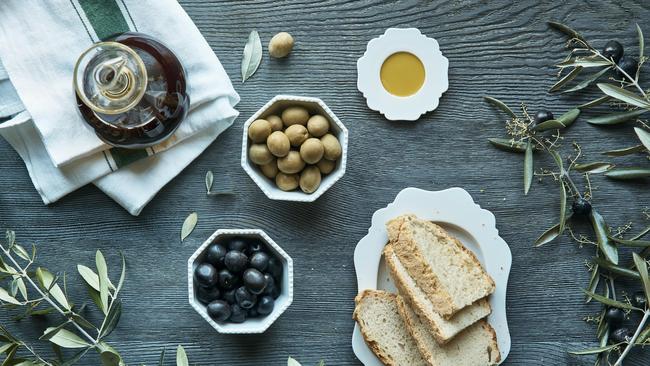
OLIVE OIL
Tuscany, Italy
The hilly Chianti wine region between Florence and Siena is criss-crossed with vines, but doubles as oil country; the local olives are distinctively green and spicy, first flowering in late October until harvesting ends around mid-December. Olive oil, the elixir of Italy, is part of the warp and weft of local life; high-end hotel Como Castello Del Nero even produces its own yearly batch. Guests can stroll through olive groves on the 300ha grounds of this 12th-century converted castle, then descend to the wine cellars to taste-test how cultivation affects differing fine oils.
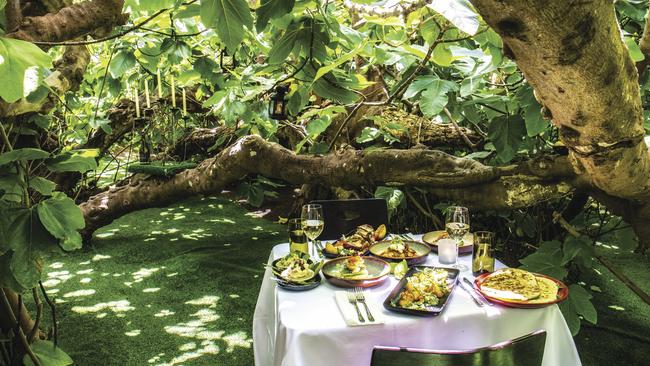
FIGS
Kangaroo Island, South Australia
The new year ushers in soft, ripe, jammy figs that burst in the mouth with unctuous sweetness. Varieties such as Spanish Dessert, Brown Turkey and Black Genoa flourish in the state’s Mediterranean climate each February and are easy to find at Adelaide’s convivial Central Market. Wilderness dining awaits on Kangaroo Island, a 45-minute ferry ride from Cape Jervis (or 30-minute flight). The Gastronomo Dining company conjures an Enchanted Fig Tree Lunch beneath the canopy of a 120-year-old tree, planted in pioneer days. Figs are roasted to garnish saltbush-rubbed lamb over coals with fresh mint or added as syrup to cocktails made with Kangaroo Island Spirits gin, distilled with native coastal botanicals.
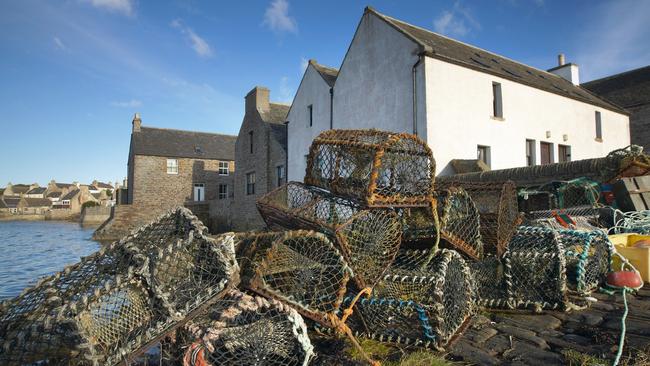
CRAB
Orkney Islands, Scotland
The pristine waters and North Atlantic Drift make the Orkney Islands at Scotland’s northern tip a seafood paradise of hand-dived scallops and Arctic char. As icy temperatures start to warm in May, the larger crabs of the north move into shallower water, giving the creel boats a better catch. By August, the crab is also fleshier. Travellers keen to sail and hike this dramatically scenic archipelago can visit the Island of Hoy, Viking territory. The west coast township of Rackwick features the distinctive heritage croft architecture of a traditional fishing community and enclosed boulder beach, Rackwick Bay, flanked by gigantic cliffs, is a magnificent spot to tear the legs off a freshly caught crab (known locally as partan) or sip on hearty crab soup.
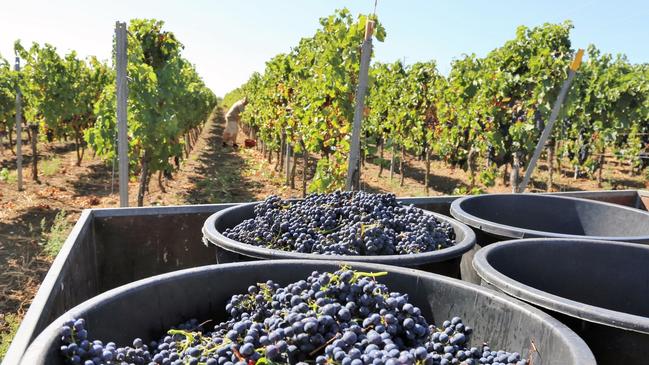
PINOT NOIR
Burgundy, France
Every autumn the vineyards of Burgundy are ablaze with intense russet and gold leaves hanging with clusters of violet grapes. The small yet mighty northeast wine region is the original and finest terroir in the world, famed for producing acidic, delicate pinot noir, one of France’s oldest grapes, which thrives in a cool climate and limestone soil. For 700 years the grapes have been harvested by early October. The latest vintages to beat are 2020, 2019 and 2014. Avoid summer crowds and cycle the fields of gold on electric bike tours or take a hot-air balloon ride over the limestone ridges of the Cote de Beaune countryside. This region with France’s highest count of Michelin chefs (35), also offers simple culinary pleasures, such as escargots de Bourgogne (snails in garlic and parsley butter).
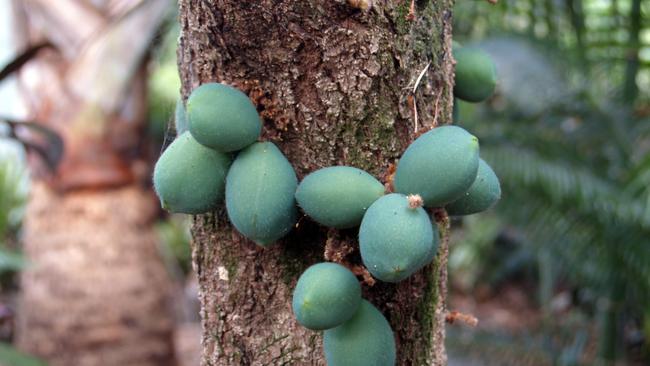
NATIVE FRUITS
Tropical North Queensland, Australia
A tropical paradise is usually a horn of plenty brimming with mangoes and passionfruit, but visitors shouldn’t miss authentic bush tucker. The Cairns Tablelands region is home to natives such as Davidson’s plum, Herbert River cherry, finger limes and rainforest tamarind. Winter is an ideal time to visit for mild weather, and the Cairns Tablelands Guided Tour showcases native rainforest species, as well as craft beers and high-altitude coffee, amid the lush plateau and mountain topography of the Atherton Tablelands.
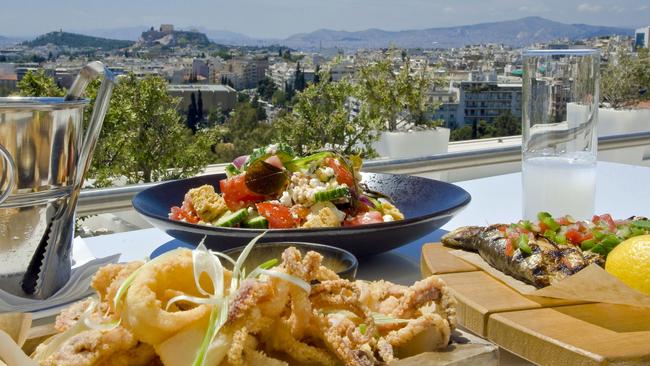
SQUID
Athens, Greece
Away from the summer crowds, winter visitors to Greece get a keener sense of local life and enjoy the best seafood yields. Local squid (or kalamari), is at its plentiful and most succulent best between December and February. In psarotaverna (specialty seafood tavernas) around the ancient port city of Athens, locals dine on squid served fried with spinach, onion, and garlic; stuffed with tomato, feta and herbs; or sliced and drizzled with lemon and olive oil. Whether you favour the rings or crispy parts of the tentacle, this delicious winter Mediterranean staple is delicious when sampled outdoors on days that are warmer than most European destinations.
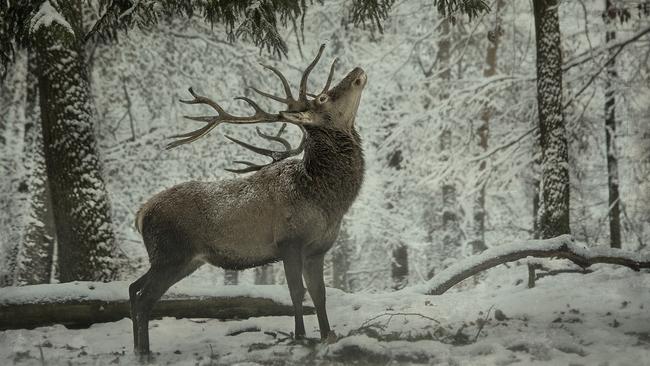
VENISON
Black Forest, Germany
German hunters traditionally honour wild stags with a ritualistic letzebissen (last bite), placing a branch in the mouth to symbolise respect. Each September, deer bellows are heard in the Black Forest, during autumn’s last warm days of the year, when fresh venison becomes a prized gourmet delicacy through to winter. During game season, dine in Baden Baden at the Michelin-starred Wintergarten Restaurant, in the foothills of the northern Black Forest. A saddle of roasted venison is dressed with the piney, fruitiness of juniper berries or lingonberries and pear, or served savoury style with chanterelles and sour cream.
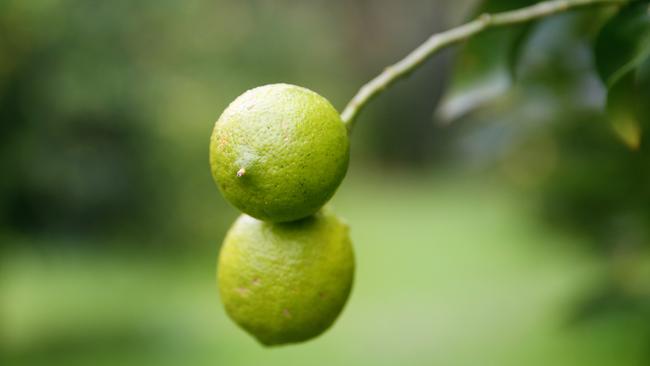
LIMES
Pacific Coast, Mexico
This holiday destination’s fertile lands and tropical climate, especially in the southwest, make it the world’s largest producer of limes, with peak ripening season between August and December. Enjoy the locavore pleasures of the world’s freshest citrus at new eco-resort Playa Viva, which celebrates sustainable travel and grows its own organic produce. Lime is squeezed on to local sopes (thick tortillas) and fresh papaya, melon, watermelon and pineapple; and the citrus adds vibrancy to memorable cocktails.
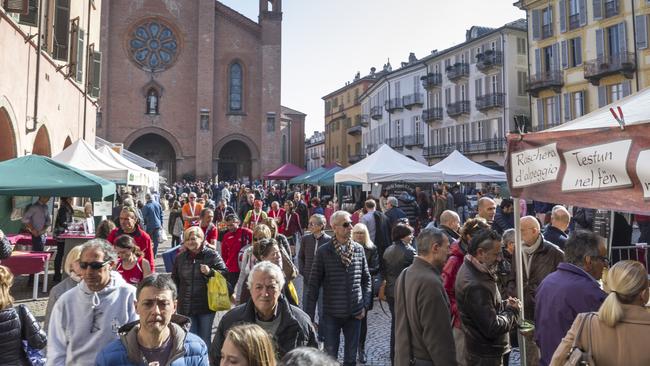
WHITE TRUFFLES
Alba, Italy
Among the primitive gothic churches of Alba in Italy’s northwest grows one of the rarest foods on Earth, the elegantly subtle white truffle, or tuber magnatum pico. This so-called “underground empress” takes years and much expertise to cultivate and is harvested at its most aromatic and flavourful in the cold of November and December. Travellers can accompany a professional tifolao on a real or simulated truffle hunt, carried out in Piedmont with a dog, not a pig. These two-hour hunts, usually near the roots of oak, hazelnut, and chestnut trees, can be paired with a Barolo wine tour (the local red varietal), or time a visit to coincide with the annual White Truffle Festival (October 1-December 1) and enjoy the gastronomic variety of truffles as crispy chips, or shaved to add nutty pungency to pasta, risotto, eggs and meat dishes.

To join the conversation, please log in. Don't have an account? Register
Join the conversation, you are commenting as Logout